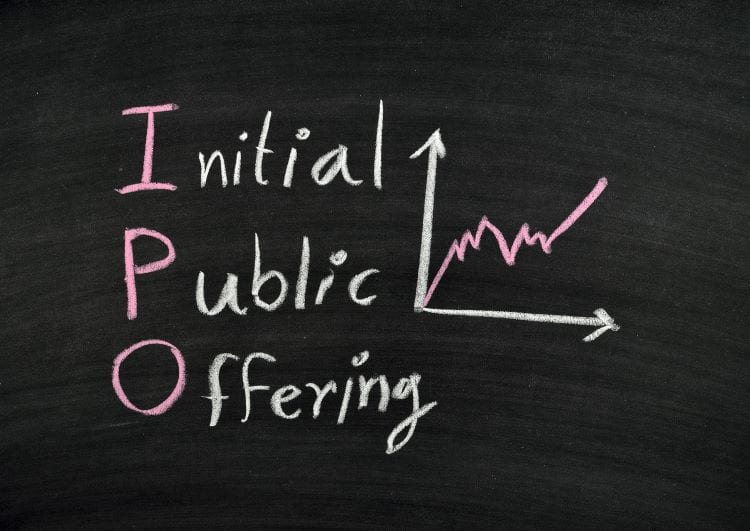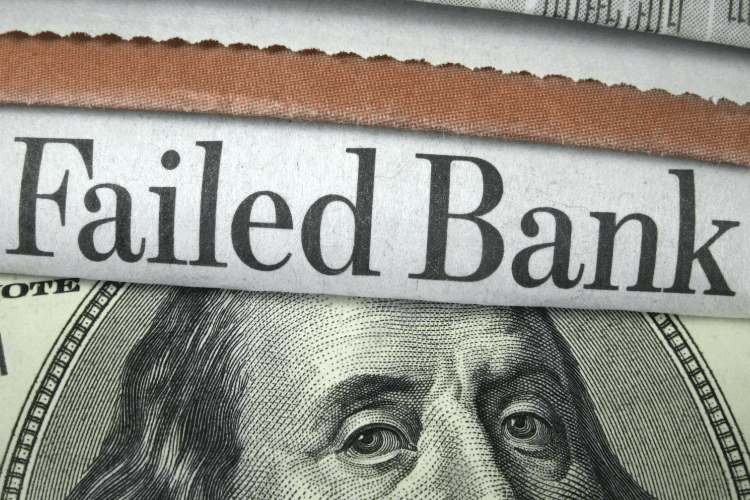What Is an IPO?

You’ve probably read stories in the newspaper about up-and-coming companies preparing their IPO. You gather this move is an important stepping stone on the Wall Street path, but you’re not quite sure of the finer details. Or, frankly, of the larger ones.
Let’s delve into the true meaning of an IPO, which stands for initial public offering. Whether you’re an entrepreneur yourself with big dreams or just an eager investor, it’s an important concept to understand.
What Is an Initial Public Offering?
It takes money to make money, right? Many businesses grow from humble beginnings, usually with investments from the founders themselves, small business loans, and private investors – from friends and family to venture capitalists, professionals in the business of funding promising start-ups or young firms.
However, those investments only go so far. Most successful companies eventually need outside financing to continue to grow. An initial public offering (IPO) gives private companies a way to raise capital from the public – that is, the larger world of investors.
They do this by creating and selling shares of company stock to the public. This stock is the “offering.” It’s an “initial” offering because this is the first time this company has sold shares to investors at large, on a public stock exchange. This is why the IPO process is also known as “going public.”
As a result of the IPO, the company’s ownership becomes public instead of private: A large number of public investors purchase and own shares of stock that give them a stake in the company. The stock is offered at a price set by the company, and then it starts trading on a stock exchange, like the New York Stock Exchange or Nasdaq. As more investors buy and sell it, its price fluctuates.
How Does an IPO Work?
It’s a long and complex process that must be tackled strategically. Many well-known businesses have launched an IPOs in the past five years including Snap Inc., (owner of Snapchat), Spotify Technology S.A. and Roku Inc.. Some nail it with a perfect 10.0 landing (lots of investors want to buy in, and the new stock’s price soars), while others crash with a painful thud (few investors are interested, and the stock humiliatingly closes lower than its opening day price). There’s no guarantee for success in an IPO, especially since the process is so demanding.
Before a company can declare its IPO, it must have the following factors prepared:
- A reliable financial forecast, free from inaccurate revenue and cost projections
- A capable and dedicated team prepared to help the company grow
- All documents ready for audit
- Realistic valuation expectations
- A well-planned strategy to grow the business and give investors a strong return on their money
Even with these factors established, it can take up to a year for the SEC to approve an IPO. In addition, there are one-time, upfront and ongoing costs to going public, with the average company spending $1 million upfront and between $1 and $2 million per year after that, according to PWC.
Investing in an IPO
From an investor’s point of view, throwing money at an IPO is a high-risk, possibly high-reward situation that requires research. Some companies go public with extremely high expectations but fizzle quickly, and others grow steadily after being underestimated.
If you want to participate in an IPO, here’s what to do:
- Find a brokerage firm that offers access to new-issue equity offerings
- Find out if you meet the eligibility requirements, like being a high-net-worth investor, experienced trader, or long-term customer with the firm
The main advantage of getting in on an IPO is that you get to buy shares at a price fixed by the company and its underwriters instead of the price you get on the stock market, which is set by supply and demand. Most companies try to set their share prices a little below what they think the market price will be because a boost in price is a signal of success to investors.
Why Do Companies Go Public?
Any company with a strong footprint can choose to go public using an IPO, so it’s common to see startups and well-established businesses alike going public. These companies issue an IPO for a few different reasons:
- Raise public profile
- Raise money
- Give company insiders/private investors the opportunity to diversify their holdings or sell their shares
- Raise capital to pay off existing debts
- Attract talent and the funds to pay their salaries
The standard IPO can be quite lucrative for a company, garnering it about $100-$150 million. Going public puts companies on the map, too – literally and figuratively. It’s prestigious, which implies the firm has achieved a certain size and success.
That’s why many companies are eager to take advantage of IPOs. But others that are doing well as private enterprises aren’t tempted by the allure.
Read about micro-investing and how to get started with our complete guide: Micro-Investing: What It Is, Why It’s for You and How to Start.










